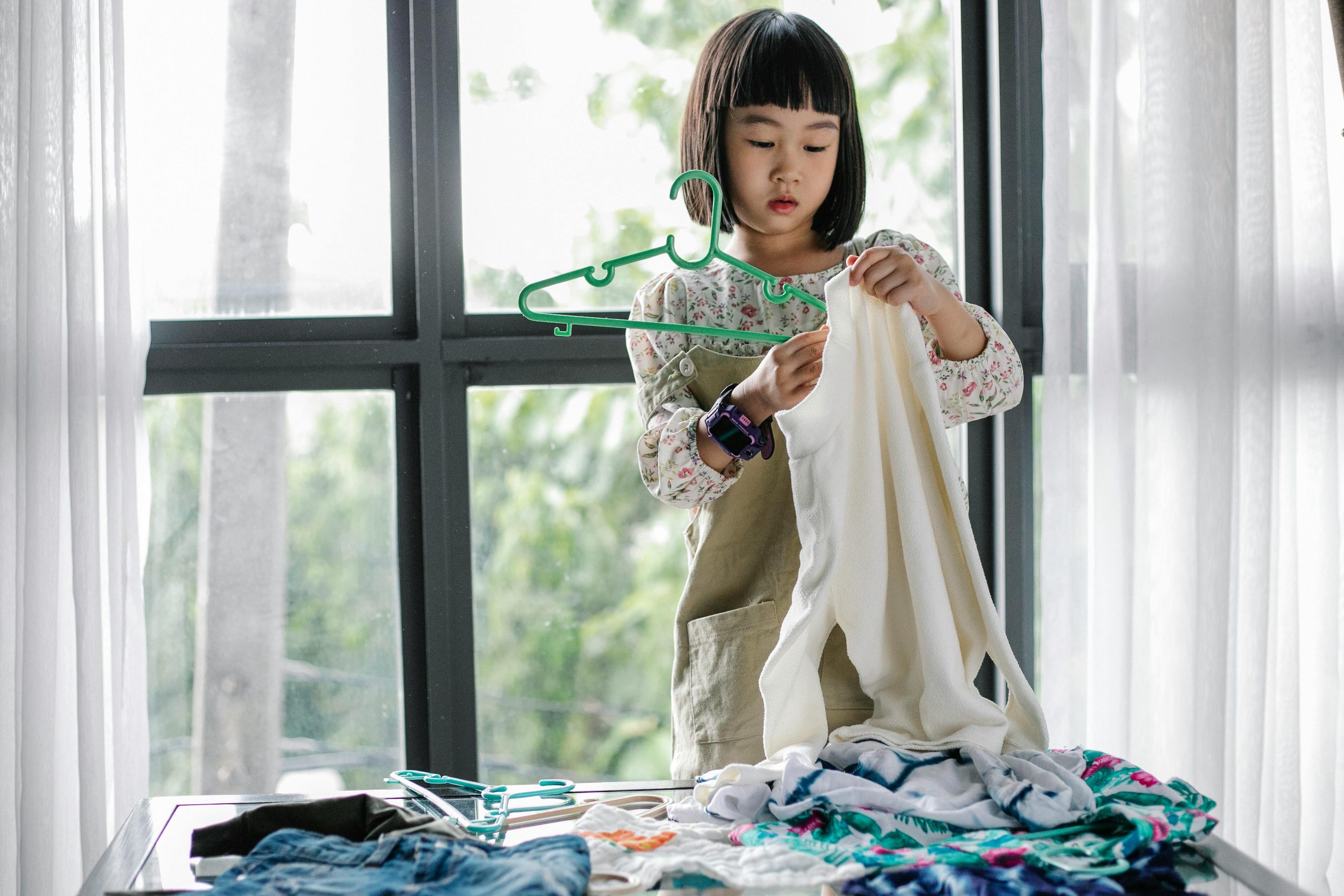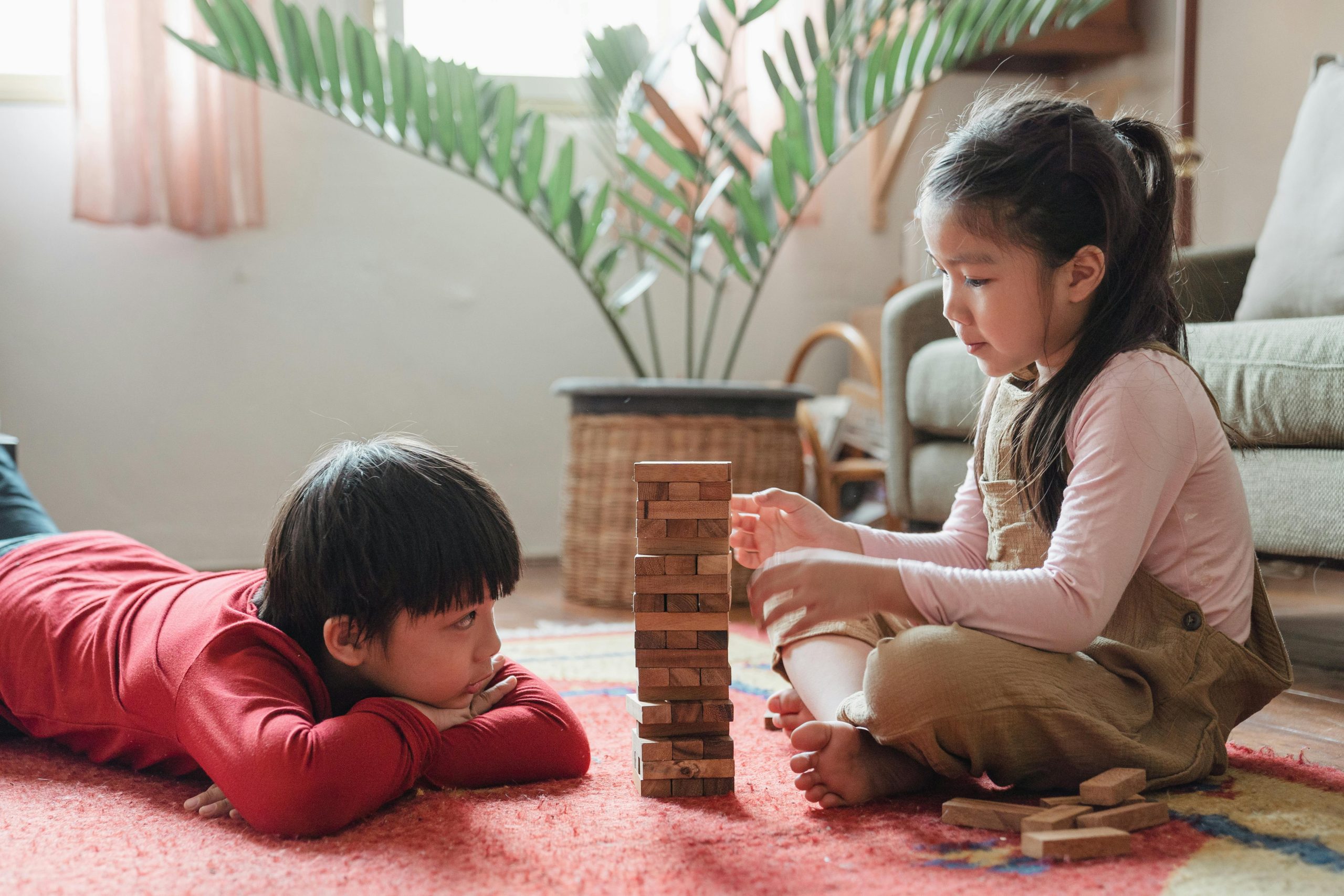Choosing Comfortable and Stylish Clothes for Kids
When it comes to dressing children, parents seek a balance between comfort, style, and practicality. Kids are constantly moving, exploring, and engaging with the world, and their clothes need to keep up with their boundless energy and spirit.





